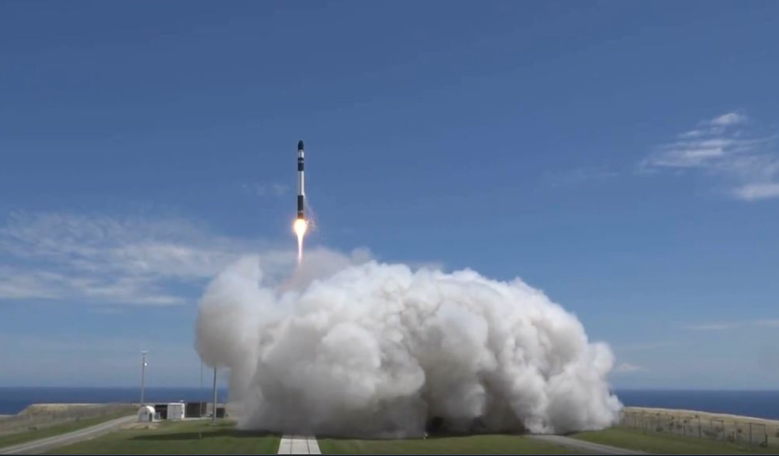Signalling indeed that “It’s Business Time,” Rocket Lab’s aptly named mission saw the company’s first commercial launch successfully deploy six small satellites into a low-Earth orbit over the weekend; a move that opens up the floodgates for a flurry of launches from this New Zealand based startup.
“The world is waking up to the new normal,” said Rocket Lab founder and chief executive Peter Beck, speaking of the triumphant launch. “We’re thrilled to be leading the small satellite launch industry by reaching orbit a second time and deploying more payloads.”
After blasting off from the company's New Zealand launch site in the early hours of Sunday morning, the two-stage Electron launch vehicle successfully separated to off-load satellites for Spire Global, Tyvak Nano-Satellite Systems, Fleet Space Technologies and the Irvine CubeSat Stem Program.
Hoping to eventually take away some of the hundreds (if not thousands) of defunct satellites burgeoning our skies, one interesting payload to hitch a ride with the Electron was a drag sail technology demonstrator, designed and built by High Performance Space Structure Systems GmbH, known as NABEO. The device, which was built with support of the state of Bavaria, will test the ability to passively deorbit inactive, small satellites using atmospheric drag.
The Electron orbital launch vehicle had its inaugural test flight in May 2017, followed by an equally successful demonstration mission entitled “Still Testing” in January of this year, where its payload provider Planet, added yet another data-collecting device to the world's largest fleet of Earth-imaging satellites.
Not one to rest on his laurels, Peter Beck said that the company’s services were much in demand and as such the team would be swiftly moving onto “the incredibly exciting ELaNa 19 mission for NASA” in the next few weeks.
Rocket Lab’s success is partly down to its production facilities that enable rapid mass production of its Electron launch vehicle as all of its main components are 3D-printed, which helps to cut both cost and time for manufacturing.
On top of this, the company has a private launch complex stationed on the remote Māhia Peninsula in eastern New Zealand that is licensed to launch up to 120 times per year. “With the Electron launch vehicle, rapid and reliable access to space is now a reality for small satellites,” added Beck.











